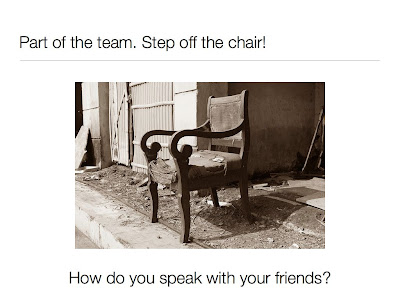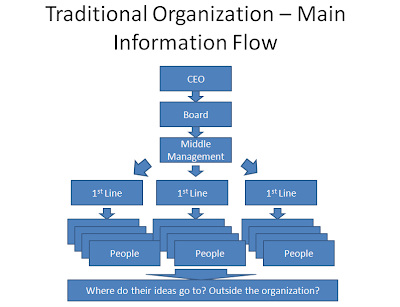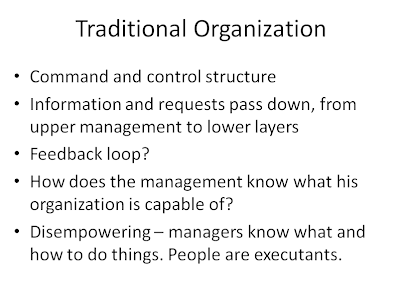I had the great opportunity to participate together with some of my colleagues from Ubisoft (thank you, Ubi!) to the John Maxwell's conference, "How To Be A R.E.A.L Success". John, an amazing speaker, described in simple words powerful truths about what it means to be successful. The conference was hosted in the Romanian Palace of the Parliament and over 1000 people attended.
Here are my notes from the conference:
- R.E.A.L stands for: Relations, Equip others, Attitude and Leadership.
- Recommended reading: How to Win Friends and Influence People (Dale Carnegie)
- A great free resource: A Minute With Maxwell - everyday a few words about leadership.
Relationships:
- Treat other people the way you want to be treated (Golden Rule); always treat people fairly.
- Winning with people: people can trace the failures or successes to the relationships in our lives.
- Working with people - more challenging than working with equipment.
- Who we are determine the way we see people - don't try to fix people, fix yourself. People see me the way I see myself and the way I see them.
- The elevator principle: some people lift us up, some people leave us down. Am I taking people higher?
- People that lift us up encourage us.
- In the life of other people you are either a + or a -.
- People practices:
- Remember names! The sweetest sound for someone's ear.
- The first 30 seconds rule: call by name and say something to connect with the other person (something positive).
- People don't care about what you know, they care about what you care.
- Law of buy-in: people buy in to the leader before they buy in to the vision. Sell yourself first.
- Add value to people:
- Add value -> influence -> leadership
- If it's lonely at the top, nobody is following you - leaders take people with them because they value people.
- Add value means: knowing and valuing what people value; walk slowly through the crowd.
- Listen, learn then lead.
- In the process of running a race, the leader never wins. He is where the people are.
- Grow yourself!
- What am I doing to develop myself? Am I growing?
- Success is not automatic!
- A successful life is an intentional life.
- What am I doing to develop other people? Success = teach, train, mentor, coach.
- Those who are closest to you will determine the level of your success.
- In the history of mankind, nobody did it alone.
- You have to like people and have the desire to help them.
- Leaders discover their strengths first.
Equip people:
- Work on their strengths.
- I don't work on my weaknesses because I am weak at my weaknesses.
- People don't pay for average. Successful means ABOVE average.
- What are my strengths?
- Help people find their strengths.
- Help them understand success.
- The secret of success: the daily agenda. What do I do daily?
- Everyday: preparing or repairing.
- Discipline. Prioritize.
- Take good decisions then Mange your decisions. Follow through daily.
- Rule of 5:
- Everyday (even on Christmas, even on my birthday) what are the 5 things I do everyday? What are MY 5 things? Discover my strengths!
- John Maxwell's: Read, File, Write, Ask Questions, Think.
- Secret of success: the daily agenda.
- How to prioritize my life:
- Requirements
- Return of investment
- Reward
- How much time and money am I investing in my own development?
Attitude:
- Successful people think differently; I have fallen much more then I've succeeded.
- When I fail, how do I respond to the failure:
- Learn?
- Leave my failure?
- Learn is the way.
- It's easier to go from failure to success then it is to go from excuses to success.
- Change before you have to! Fall forward!
- Successful people don't stay down. Attitude is a choice. The attitude you have in your mind today you have chosen.
- The only person in the world to make me happy is me.
- Attitude is not enough. Competence is needed. If you don't have the competence but you have only a good attitude, you will only be happy when you're fired.
- It is not true that if you believe it you achieved. If you believe in your strengths you will achieve it.
Leadership:
- Successful people lead themselves and lead others.
- You can grow and learn to lead.
Tools: leadership coaching, mentoring.




































